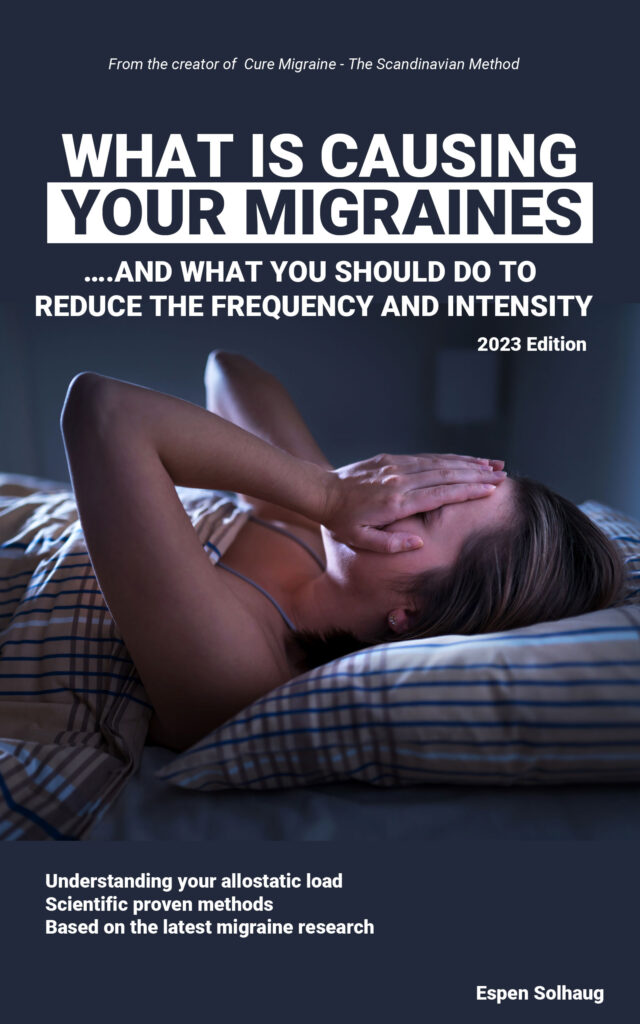Multidisciplinary Headache Treatment with Work Focus in Norway
Understanding Multidisciplinary Headache Treatment
What is a Multidisciplinary (Holistic) Approach?
A multidisciplinary approach to headache treatment is truly holistic, involving a team of healthcare professionals with different specialties working together to address all aspects of headache disorders. This comprehensive approach recognizes that headaches—especially chronic ones—are complex conditions requiring more than just medication. The holistic treatment includes:
- Physical Therapy: Physiotherapists examine musculoskeletal factors contributing to headache and provide individualized advice on relaxation, strength, and endurance exercises specifically adapted for headache patients
- Psychological Support: Psychologists address psychosocial factors, help with stress management, pain coping strategies, and treat comorbid conditions through cognitive behavioral therapy and other techniques
- Medical Management: Neurologists provide accurate diagnosis and, when appropriate, pharmacological treatment as part of the overall approach
- Nursing Coordination: Specialized nurses serve as “the hub” of the team, coordinating care, providing education, and ensuring continuity between different aspects of treatment
- Occupational Support: Job specialists work with patients and employers to identify workplace triggers and facilitate accommodations that make continued employment possible
The Norwegian Holistic Headache Study
Researchers at Akershus University Hospital in Norway conducted an observational study examining a truly holistic approach to headache treatment (Lunder et.al., 2025). This first-of-its-kind program in Norway focused specifically on patients with headache-related sick leave. The study included 101 patients who completed a 12-month follow-up period. These patients had been experiencing headaches for an average of 17.6 years, with 80% suffering from chronic headache (15 or more headache days per month).
The multidisciplinary team included neurologists, physiotherapists, psychologists, specialized nurses, job specialists, and administrators—all working together in a coordinated fashion. Within two weeks of initial assessment, all patients met with physiotherapists who focused on musculoskeletal factors contributing to headache and provided individualized advice on relaxation, strength, and endurance exercises. At the same time, patients began working with psychologists who addressed psychosocial factors and provided personalized psychotherapeutic interventions.
Rather than focusing primarily on medication, the approach emphasized comprehensive assessment and coordinated care from multiple specialists. Regular team conferences ensured that all aspects of a patient’s condition were addressed in an integrated way. Job specialists collaborated directly with patients and employers to identify strategies and accommodations that would facilitate continued employment despite headache challenges.
Remarkable Results
The study produced impressive outcomes:
- Headache Frequency: Median monthly headache days decreased from 24 at baseline to 10 after 12 months—a 58% reduction
- Chronic Headache: The proportion of patients with chronic headache dropped from 80.2% to 38.6%
- Sick Leave: Headache-related sick leave declined from 53.5% to 33.7%
- Psychological Well-being: Significant reductions in anxiety and depression scores were observed
Self-efficacy: The proportion of patients reporting they felt “in control” of their headache increased dramatically
The Work-Focused Component
What makes this approach particularly innovative is its emphasis on work participation. Traditional headache treatment often focuses solely on symptom reduction, but this program recognized that maintaining employment is crucial for both economic stability and psychosocial well-being.
Job specialists appointed by the Norwegian Labour and Welfare Administration worked with patients and employers to identify strategies and accommodations that would facilitate continued employment. This might include modifying work tasks, adjusting schedules, or recommending environmental changes to reduce headache triggers in the workplace.
Important Correlations and Predictors
The study identified several factors that influenced treatment outcomes:
Sex Differences
Women, who comprised 86% of the study population, showed significantly better clinical improvement than men. This may reflect gender differences in:
- Healthcare-seeking behavior
- Response to multidisciplinary interventions
- The nature and severity of headache conditions
- Work environments and occupational stressors
Duration of Sick Leave
Patients who had been on sick leave for longer periods at the start of the study were less likely to return to work, even when their headaches improved. This highlights the importance of early intervention for headache-related work disability.
Baseline Headache Frequency
Patients with lower headache frequency at baseline had better clinical outcomes. This suggests that intervening before headache becomes chronic or very frequent may produce better results.
The Comorbidity Connection
Like migraine, chronic headache rarely occurs in isolation. The Norwegian patients had high rates of:
- Anxiety (49.5%)
- Depression (33.7%)
- Chronic Musculoskeletal Pain (54.5%)
- Insomnia (24.8%)
- Obesity (17.8%)
These comorbidities can amplify headache symptoms, reduce treatment effectiveness, and create additional barriers to work participation. The multidisciplinary approach specifically addressed these conditions alongside headache management.
Previous Treatment Experiences
The study revealed interesting patterns in patients’ previous treatment experiences:
- 66.3% had tried some form of non-pharmacological treatments (physiotherapy, chiropractic care, acupuncture, or complementary/alternative therapies)
- However, 14.8% had only tried non-pharmacological approaches without appropriate medical assessment
- 18.8% had never tried any headache treatment at all
- 44.6% had never consulted a neurologist for proper diagnosis
- While many had tried individual treatments, few had experienced a coordinated, multidisciplinary approach
This highlights a significant gap in headache care: patients often try isolated treatments rather than receiving comprehensive, coordinated care that addresses all aspects of their condition. The success of the multidisciplinary approach suggests that integration and coordination of different therapeutic modalities may be more effective than any single treatment alone.
Why This Matters: Beyond Medication
The Norwegian study challenges the medication-focused paradigm that dominates headache treatment. While medications certainly play a role, this research demonstrates that a holistic approach addressing physical, psychological, and occupational factors can achieve remarkable results even for patients with long-standing chronic headaches.
For the many headache sufferers who have tried multiple medications without adequate relief, this study offers an important message: pills alone may not be enough. The comprehensive nature of headache disorders requires equally comprehensive treatment approaches.
The impact of headache disorders extends far beyond the pain itself. In Europe, indirect costs related to work absenteeism and reduced productivity constitute most of the societal expenses associated with headache disorders. In Norway, data from the Labour and Welfare Administration show increasing rates of medically certified sick leave due to migraine over the past 20 years.
By demonstrating that a coordinated, multidisciplinary approach can significantly reduce both headache frequency and sick leave, this study offers hope for better management of a condition that impacts both individual quality of life and societal productivity.
The results suggest that health systems should consider implementing similar holistic programs, particularly for patients experiencing work disability due to headache. While such programs require initial investment in specialized staff and coordination, they provide substantial long-term benefits by addressing the true complexity of headache disorders rather than just symptom suppression.
Source:
Lunder, O. V., Wisløff, T., Wølneberg, L. M., Paulsen, A. K., Aasbakken, L. H., Hole, I. L., Eliassen, I. V., Aaseth, K., Kristoffersen, E. S., & Vetvik, K. G. (2025). Multidisciplinary headache treatment with work-focus in Norway: An observational study. Cephalalgia : an international journal of headache, 45(4), 3331024251332572. https://doi.org/10.1177/03331024251332572
Our books
Want to learn more about your Migraine and Migraine Management?
We make Migraine research more available for migraine sufferers. Through our books you will learn what might be causing your migraine and what you can do to reduce the number of migraine days and the intensity of migraine attacks. If you are not using a Migraine Tracker or Headache journal we recommend you start doing so – This is crucial if you are seeing a neurologist or a GP. The tracker helps you find out what kind of migraine (s) you have and what trigger them.
Note that all of our books are included in 90-days program without any extra charge. The books are available in national libraries in Norway.

Ebook
50 things you need to check
if you suffer from Migraine
if you suffer from Migraine

Ebook
Ebook / Print-on-demand
Track migraines effectively for neurologist insights and your own understanding.
Print-on-demand. Visit Lulu bookstore



